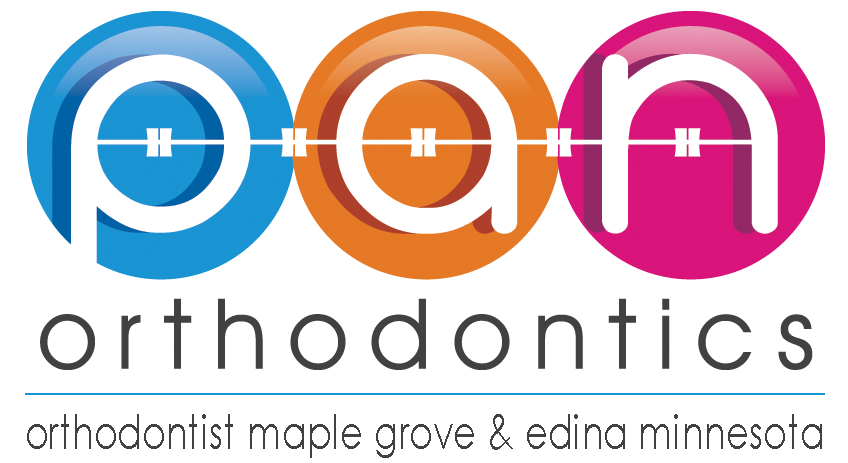Orthodontic Diagnosis - Cephalometry
Cephalometry is the study and the measurement of the head. Cephalometry usually involves the human head, particularly using medical imaging including radiography. Craniometry is the measurement of the cranium or skull and is a large subset within cephalometry. Cephalometry also has a history within phrenology. Phrenology is the study of personality and character. Physiognomy is the study of facial features. Cephalometry, when used in a comparative anatomy context, helps to inform biological anthropology. In a clinical context, like dentistry and oral and maxillofacial surgery, the cephalometric analysis aids in completing treatment and research. Cephalometric landmarks also help guide surgeons in treatment planning and operating.
History
The history of cephalometry is traceable throughout art, science and anthropology. The origins of the important method used for measuring has origins from the Renaissance period. Leonardo da Vinci is perhaps the most famous scientist and artist who studied facial proportions. Da Vinci, in addition to others, used standardized grids in order to study the proportions of the face and make broad generalizations. Da Vinci worked to identify divine proportions in his quest to understand facial proportions. The divine proportion was found to exist in the 20th centuries of facial proportions. Beginning with Petrus Camper in the 18th century, angles were used in the measurement of the facial form. Camper also began the practice of ethnographic groupings based on facial forms. Anders Retzius ultimately defined the cephalic index and classified various shapes of the head. For example, brachycephalic refers to a small, round head. In comparison, dolichocephalic refers to a long head. Mesocephalic refers to a head which is medium-sized, usually falling between the brachycephalic and dolichocephalic sizes.
Timeline
- 1796–1860: Anders Retzius defined the Cephalic index as a way to classify ancient human remains in Europe
- 1931: orthodontists consecrated the era of cephalometry
- 1960: the era of computed cephalometric radiology
- 1961: Donald and Brown published an article regarding the use of ultrasounds for fetal head measurement correlation of diameter and fetal weight
Dentistry
Cephalometric analysis is often used in dentistry. It is frequently used in orthodontics to measure the size and spatial relationships of the teeth, jaws and cranium. This analysis helps inform the dentist for treatment planning, measure changes during treatment and provides data which is helpful for clinical research. Cephalometry focuses on the linear and angular dimensions which are established by bone, teeth and facial measurements. It has also been used for the measurements of hard and soft tissues found in the craniofacial complex.
Obstetrics
Ultrasound cephalometry is especially useful in measure the growth of a baby in utero. Cephalometry can also help determine if an unborn child is able to pass through the birth canal. In 1961, an ultrasound technique was introduced to measure the fetal head. Scientists had attempted the method before, but found that the ultrasound technique was 3mm different than the post-natal measurement with calipers. This method requires the transponder to be placed on the mother’s abdomen above the area of the fetal head. The transponder is moved until a set of echoes are strong and equal. The echoes indicate that the parietals are perpendicular to the beam. Based on this information, the size of the head and the fetal weight can be accurately determined. The use of ultrasound cephalometry is intended for use in addition to other radiographic techniques. So far, no adverse effects have been reported to either the fetus or the mother when using the ultrasound fetal cephalometry.
Pan Orthodontics Philosophy
To treat our patients as our families and to treat others as how we want to be treated. From your first phone call to the moment your new smile is born, everything in our office is set up to ensure an excellent experience with us. We will always listen to you and improve with your suggestions.
Featuring The Latest Orthodontics Technology
Our Commitment to You
We will continue to keep up with the ever growing digital technologies to improve your orthodontic experience. We also commit to always help you find the most convenient time for your visit with us.




